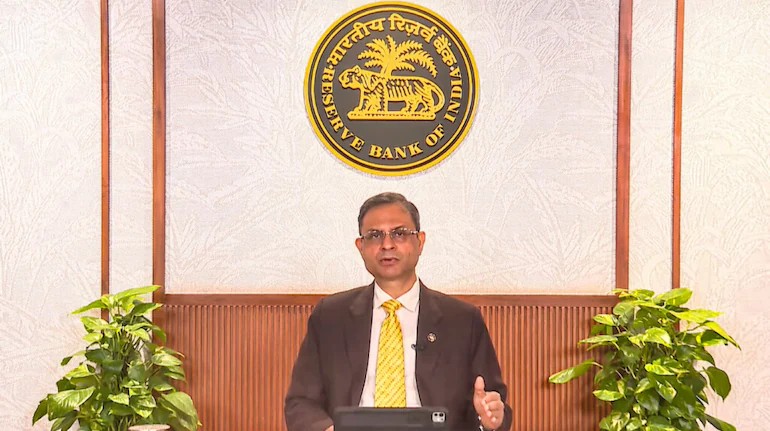The Reserve Bank of India sold a net $7.7 billion in the spot forex market in August to curb volatility and stabilize the rupee amid global dollar strength. The RBI’s outstanding net forward sales stood at $53.36 billion by end-August, underscoring continued intervention to manage external pressures and liquidity.
The Reserve Bank of India (RBI) continued its active stance in the foreign exchange market, selling a net $7.7 billion in August 2025 to stabilize the rupee, according to the latest central bank bulletin. The move highlights the RBI’s persistent efforts to manage currency volatility amid a strong U.S. dollar environment and fluctuating global capital flows.
The intervention during August comes at a time when the rupee traded in a narrow yet pressured range, weighed down by firm U.S. yields, higher crude prices, and portfolio outflows from emerging markets. Analysts suggest the RBI’s actions are aimed not at defending a specific level but rather at smoothing volatility and ensuring adequate liquidity.
As of end-August, the RBI’s outstanding net forward sales stood at $53.36 billion, indicating sustained forward market activity to manage external balances and offset rupee liquidity adjustments in the banking system. Economists see the RBI’s strategy as a balance between curbing undue depreciation and maintaining reserves at comfortable levels near $640 billion.
Key Highlights:
-
RBI sold a net $7.7 billion in the spot forex market in August, the highest monthly sale since May.
-
Outstanding net forward sales reached $53.36 billion as of August-end, reflecting continued hedging against exchange rate risks.
-
The rupee largely traded between 83.1 and 83.4 per dollar through August, supported by central bank dollar supply.
-
Market experts believe the RBI’s forex strategy combines spot and forward interventions for effective liquidity management.
-
Despite the interventions, India’s forex reserves remain robust, providing a cushion against external shocks.
-
Economists anticipate continued calibrated interventions as the rupee faces pressure from higher oil prices and U.S. rate uncertainty.
With global financial conditions still tight and India’s trade deficit slightly widening, the central bank’s consistent foreign exchange management highlights its focus on stability over rigid currency control. The RBI’s intervention data underscores a proactive approach to shielding the rupee from sudden capital flow reversals, maintaining market confidence in India’s macroeconomic resilience.
Sources: Reuters, Reserve Bank of India bulletin.
Stay Ahead – Explore Now!

